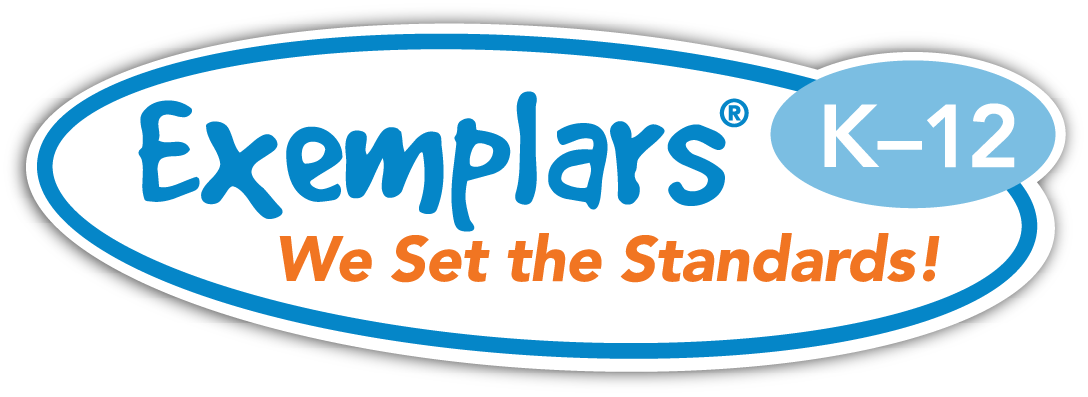Writing in Science
Science and Literacy Connections: Part 1

Reading, writing, and the ability to communicate are integral to all subject areas—including science.
Why? Because through reading and writing, students authentically learn science content, communicate their ideas clearly, and apply their learning to new situations. And not only will students learn to read, write, and discuss ideas like scientists do in the real world; they’ll become better readers, thinkers, and learners by processing their ideas!
Bring “Real World” Science into the Classroom
Scientists use writing in a variety of different ways to thoughtfully communicate their data and evidence. This can take the form of a research paper or content-based article to inform and clearly explain specific scientific concepts and understandings.
Students can do this, too! In classrooms, this might include jotting down ideas in a science notebook, or formal or informal informational writing using text features, persuasive and opinion writing.
Writing this way can help students discover new knowledge, as well as sort through previous understandings, draw connections, and uncover new ideas.
Different Types of Writing Serve Different Purposes
There are two different types of writing in content areas: writing to learn, and writing to demonstrate knowledge and understanding:
- Writing to learn is one strategy that teachers use throughout and/or at the end of a lesson to engage students and develop big ideas and concepts. Writing -to -learn fosters critical thinking, because it requires analysis, application, and other higher-level thinking skills. It is writing that uses short or informal writing tasks designed by the teacher and included throughout the lesson to help students think through key concepts and ideas. Attention is focused on ideas rather than correctness of style, grammar or spelling. It is less structured or informal than other types of writing. This approach frequently uses science notebooks, short responses to written or oral questions, summaries, exit tickets, free writing/brainstorming, research notes and other similar types of writing.
- Writing to demonstrate knowledge is another strategy that teachers use when they assign reports, essays, persuasive writing, and creative or expressive writing, as well as research papers. With this type of writing, students show what they have learned by synthesizing information and explaining their understanding of concepts and ideas. Students write for an audience with a specific purpose. This type of writing is more formal in nature and may link more explicitly with your writing curriculum. This might include essays that deal with specific questions or problems, letters, opinions, research projects, informational books and more formal assignments.
How to Integrate Literacy into Your Science Teaching
As a teacher, it’s helpful to start small.
- Look at your current science units: What is one area that has potential opportunities for writing integration?
- Look at your current writing units. What is one genre (such as informational or persuasive) that lends itself to using science as its main focus?
- Talk to your colleagues about integrating more writing into science.
- Work in grade-level teams together to find creative and fun ways to bring more writing into the science curriculum and vice versa.
As we have mentioned before, integration can help with time! The more intentional we are with what and how we teach science, the more this can help alleviate the amount of time we spend on separate subjects. This allows for more hands-on science and more minds-on science and literacy.
Want more resources for your classroom? Our science investigations have numerous opportunities for integrating literacy. Many include suggestions for literature links.

